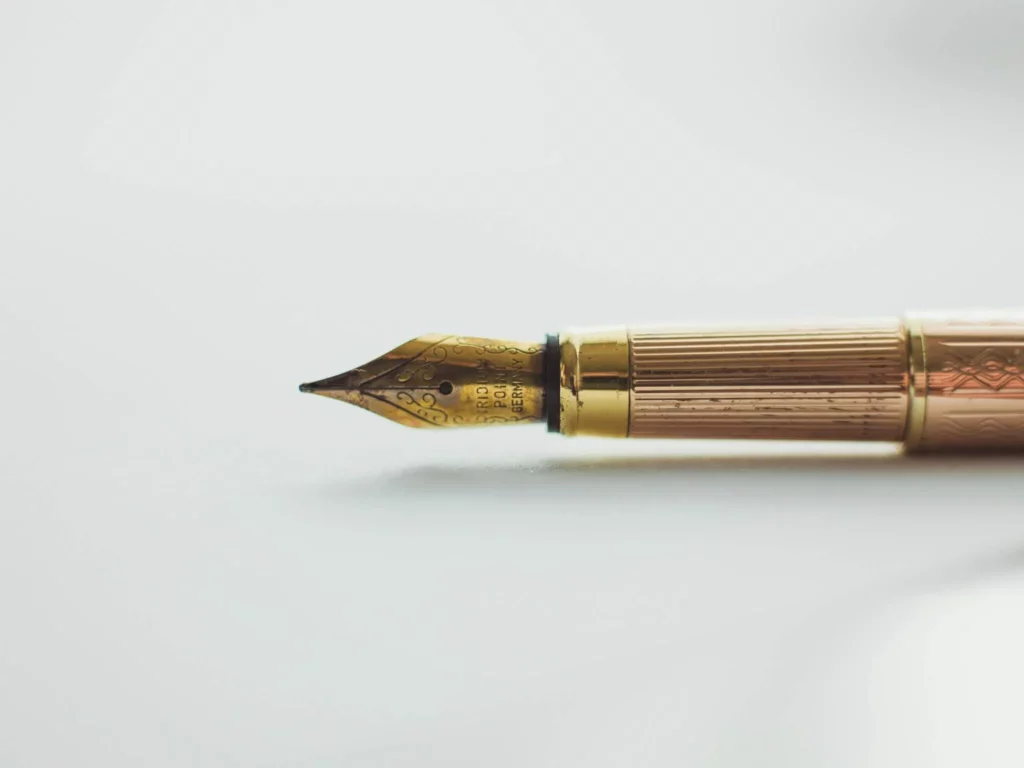Understanding how to communicate desire in your writing is crucial, especially if the goal is to convey a certain level of passion or horniness between characters. This can be done through exploring sexual tension, awareness of attraction, and physical sensations.
Sexual Tension
Sexual tension plays a pivotal role in showcasing the character’s longing and desire. It is about what they’re not doing rather than what they are, creating a space rife with possibilities and unfulfilled desires. The mix of the suggestive scene and withholding of actual action stimulates the reader’s imagination, creating an effective example of horniness.

Awareness of Attraction
In order to build up horniness, awareness is key. Characters who find each other attractive will notice small details about one another and react more strongly to each other’s presence. Depict this through the narration, ensuring your prose highlights their attraction through the wording rather than explicitly stating their desire.
Physical Sensations
Physiological reactions help to illustrate horniness effectively. Mention the fluttering heart, trembling hands, or flushed skin. Such details indicate the character’s arousal and make the scene more immersive and realistic.

Desire Versus Goal
Noting the difference between a character’s desire and their goal can be useful in portraying horniness. The desire refers to the feeling the character is experiencing, while the goal is an actionable objective that can actually advance the plot. This distinction between abstract feeling and concrete action adds a layer of complexity to your writing.
Moral Intention
Part of writing desire involves understanding your character’s moral intention or their motivations behind their pursuit of their goals. How a character perceives their morality—whether they see their actions as right or wrong—can add depth to their motivations and make their desires more believable.

Want and Need
Recognizing the difference between a character’s want (a desire arising from their perspective) and their need (a deeper longing for wholeness or truth) can add nuance to your portrayal of horniness. Whether they achieve their want or meet their need can determine the overall direction of their character arc.
Conclusion
In essence, writing horniness is an artful balance of subtlety and explicitness. It requires a keen understanding of your characters’ desires, their moral intentions, and most importantly, their emotional undercurrents. By paying attention to these aspects, your writing can effectively and believeably portray characters that exist in a state of desire or tension.
